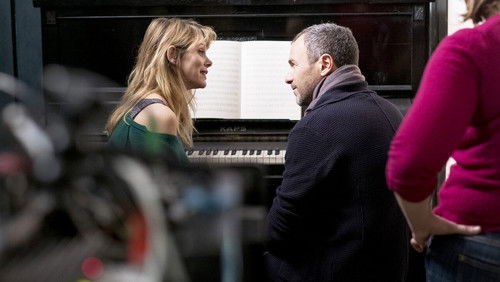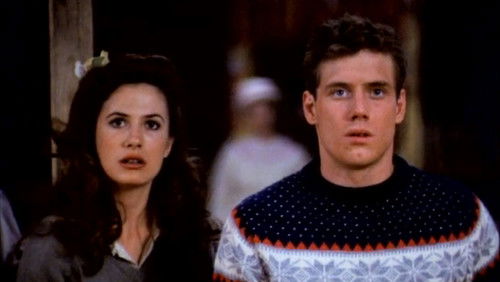Durchbruch auf Befehl (1962)
26KDurchbruch auf Befehl: Directed by Samuel Fuller. With Jeff Chandler, Ty Hardin, Peter Brown, Andrew Duggan. During WW2, a 3000-strong American unit, known as Merrill’s Marauders, battles the Japanese forces in Burma.
“Though a war movie, u0026quot;Merrillu0026#39;s Maraudersu0026quot; makes its deepest impressions in the scenes between the battles.u003cbr/u003eu003cbr/u003eAs a unit of exhausted American soldiers claw their way along a rocky slope, one falls to a screaming death. The others pause a moment to watch, then resume climbing.u003cbr/u003eu003cbr/u003eAt one village, a boy gives a crusty sergeant played by Claude Akins a bowl of rice. The sergeant tries to smile, only to break down instead.u003cbr/u003eu003cbr/u003eu0026quot;When you lead, you have to hurt people,u0026quot; General Merrill (Jeff Chandler) tells his prize officer u0026quot;Stocku0026quot; (Ty Hardin). u0026quot;The enemy, and sometimes your own.u0026quot;u003cbr/u003eu003cbr/u003eSam Fuller was a war vet as well as a director. In making his war films, he struggled to keep it real while at the same time delivering popular entertainment. u0026quot;Merrillu0026#39;s Maraudersu0026quot; leans too much in the latter direction, with hokey battle scenes and gung-ho narration. But Chandler and Hardin provide sympathetic rooting interests. The cinematography by William Clothier captures riverine landscapes in all their harsh and wild beauty.u003cbr/u003eu003cbr/u003eThe real story of the 5307th Composite Unit and its role in retaking Burma provides a solid backdrop for Fulleru0026#39;s cold view of war and its human toll. Of the 3,000 troops that started out, only 100 remained standing at the end, typhus and Japanese taking equal measure of the rest. Merrillu0026#39;s decision to press forward (u0026quot;If theyu0026#39;ve got a single ounce of strength left, they can fight!u0026quot;) is portrayed as a cruel necessity, this much softened from the real GI take on Merrillu0026#39;s boss, Vinegar Joe Stilwell. Stilwell was roundly hated by the Marauders for pushing his boys too hard.u003cbr/u003eu003cbr/u003eThis is something we donu0026#39;t see here. Cooperation with the U.S. military required some futzing on Fulleru0026#39;s part, which he did in hopes of following it with a pet project regarding his own World War II experience that would only emerge 18 years later: u0026quot;The Big Red Oneu0026quot;.u003cbr/u003eu003cbr/u003eThe battle scenes feel forced and phony. Fuller himself would complain nobody dies in war as neatly as in movies, and you see that a lot here. A perversely favorite moment for me is when a soldier named u0026quot;Bullseyeu0026quot; shoots a Japanese soldier off of a watchtower. The soldier starts to fall, then pauses, grabs a baluster, and performs a neat tuck-and-roll in the direction of an offscreen mat.u003cbr/u003eu003cbr/u003eThe one battle scene that works, even with the inane fanfare scoring that is this filmu0026#39;s single worst element, is a fight through a maze-like warren of train-support blocks at the railhead town of Shaduzup. Japanese and American soldiers appear and fall in random, endless waves. I donu0026#39;t think soldiers in World War II really called each other u0026quot;knotheadu0026quot;, but moments like those at Shaduzup really connect and help to pull this film over the finish line – however raggedly.u003cbr/u003eu003cbr/u003eThough probably a bit too rah-rah for Fulleru0026#39;s fans, u0026quot;Merrillu0026#39;s Maraudersu0026quot; packs a punch and some moments of affecting surprise.”









